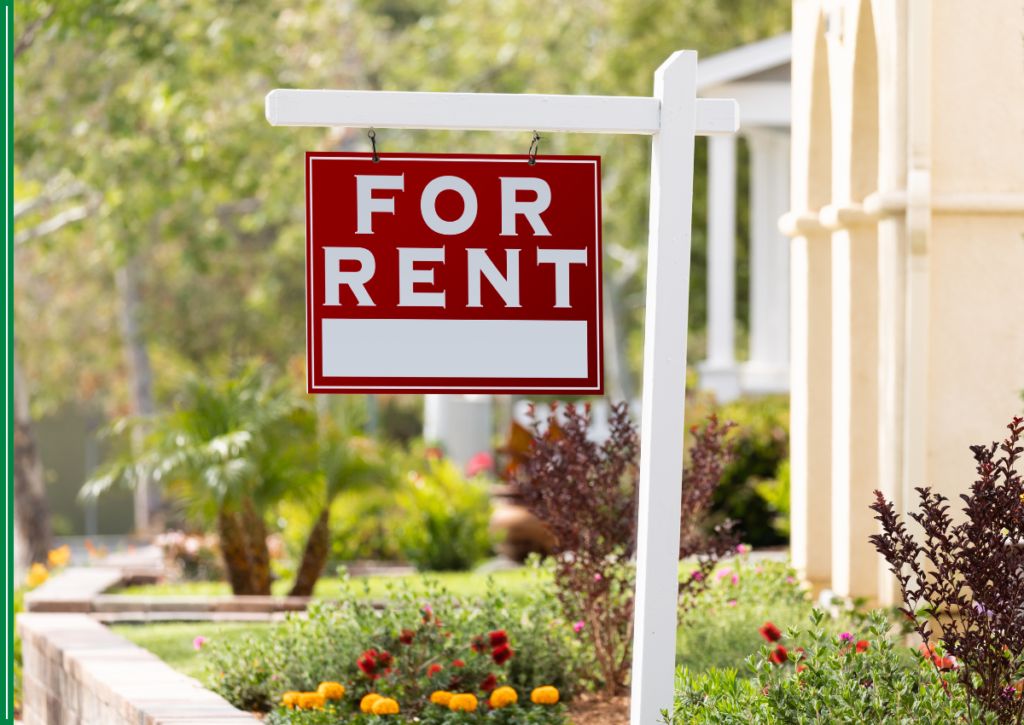Leasing a house is an alternative to renting or buying, where you pay a lump sum to live in the property for a fixed term without monthly rent. While it offers financial benefits, there are also risks involved, especially regarding refunds. This guide explores leasing in detail with real-life examples and key considerations.

What is a House Lease?
A house lease is an agreement where a tenant pays a fixed amount upfront to live in a property for a set period (usually 2-5 years). Unlike renting, there are no monthly payments, and a portion of the initial deposit may be refunded at the end of the term.
Types of Lease Agreements
Leasing terms vary based on refund policies and rental structures. Here are the most common types:
1. Full Refund Lease (Zero Rent Lease)
In this model, tenants pay a one-time deposit and receive a full refund when the lease ends.
✅ Example:
- Ramesh leased a house in Bangalore for ₹4 lakh for 3 years.
- He lived there rent-free.
- After 3 years, he received ₹4 lakh back.
- Pros: No monthly rent, full refund.
- Cons: Risk of delayed or non-refundable amount.
2. Partial Refund Lease (Deductible Rent Model)
Here, a portion of the lease amount is deducted as rent, with the balance refunded.
✅ Example:
- Meera paid ₹6 lakh for a 3-year lease.
- The agreed rent was ₹10,000 per month (₹1.2 lakh/year, ₹3.6 lakh total for 3 years).
- At the end of 3 years, she received ₹2.4 lakh back.
- Pros: No monthly payments, structured rent deduction.
- Cons: Refund is not the full amount.
3. No Refund Lease (Fixed Rent Model)
In this case, the lease amount covers the entire stay, with no refund at the end.
✅ Example:
- Ajay paid ₹5 lakh for a 3-year lease.
- He lived in the house but didn’t receive any money back.
- Pros: Simpler agreement, no rent collection hassles.
- Cons: No refund, similar to traditional rent.
Benefits of Leasing a House
- No Monthly Rent – A lump sum payment eliminates monthly rent stress.
- Potential Refund – Some agreements offer a full or partial refund.
- Avoiding Home Loan EMIs – No bank loans or interest payments.
- Short-Term Flexibility – Ideal for temporary residents (job transfers, business projects).
- Inflation Protection – Fixed lease amount prevents rent hikes.
Risks of Leasing a House
- Refund Uncertainty – Landlords may delay or refuse refunds.
- Liquidity Issues – A large sum is locked for years.
- No Property Ownership – Unlike buying, leasing doesn’t build assets.
- Legal Challenges – Without a registered lease, recovering funds can be difficult.
- Eviction Risks – If the landlord sells or defaults on loans, tenants may face issues.
How to Ensure a Safe Lease Agreement?
✔ Sign a Legally Binding Agreement – Clearly define refund terms.
✔ Verify the Landlord’s Financial Stability – Choose landlords with a good track record.
✔ Include a Security Clause – Mention penalties for delayed refunds.
✔ Register the Lease Agreement – A registered lease offers legal protection.
✔ Check Property Ownership Documents – Ensure the landlord has leasing rights.
✔ Clarify Maintenance Responsibility – Avoid unexpected repair costs.
Leasing vs. Buying: A Real-Life Scenario
Rahul had two options:
- Lease a house for ₹8 lakh for 3 years, live rent-free, and receive ₹6 lakh back.
- Buy a house for ₹80 lakh with a home loan and pay ₹75,000/month in EMIs.
Since Rahul planned to move abroad after 3 years, leasing was the better choice, saving him money and avoiding long-term financial commitments.
Conclusion: Is Leasing a House a Good Idea?
Leasing is a great option for those who want to avoid rent and loan EMIs while securing a refund. However, always ensure a solid legal agreement to protect your investment.
FAQs
Is leasing a house better than renting?
Leasing is better if you can afford the lump sum payment and want to avoid monthly rent. Renting is preferable for short-term stays without upfront costs.
What happens at the end of a lease?
Depending on the agreement, you may get a full refund, a partial refund, or no refund at all.
How can I ensure my lease deposit is refunded?
Ensure a legally binding agreement, register the lease, and verify the landlord’s credibility.
Are leased houses cheaper than rental homes?
Leased houses can be more affordable in the long run since you avoid rent hikes and get a refund.
Are you considering leasing a house? Let us know your thoughts in the comments!



